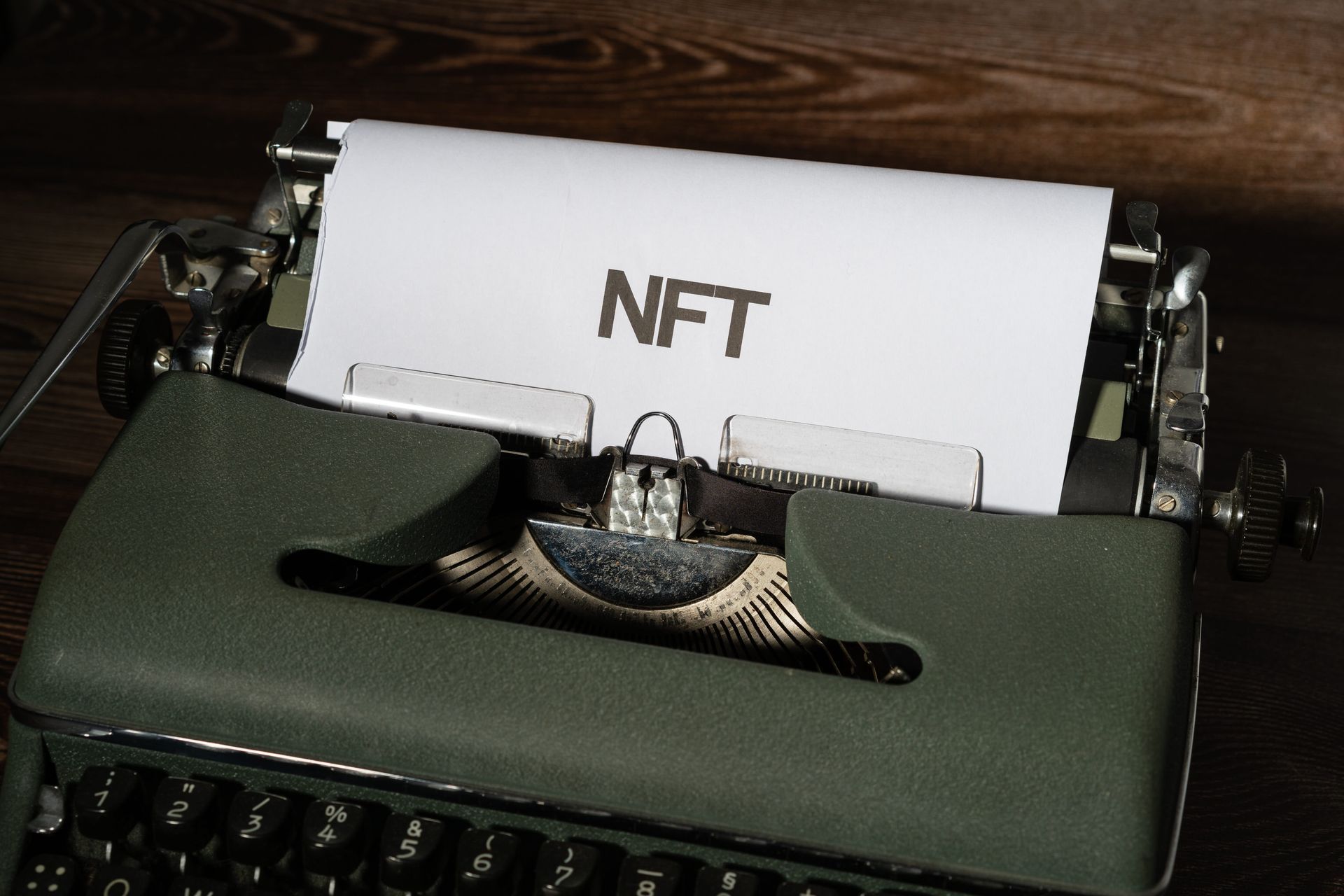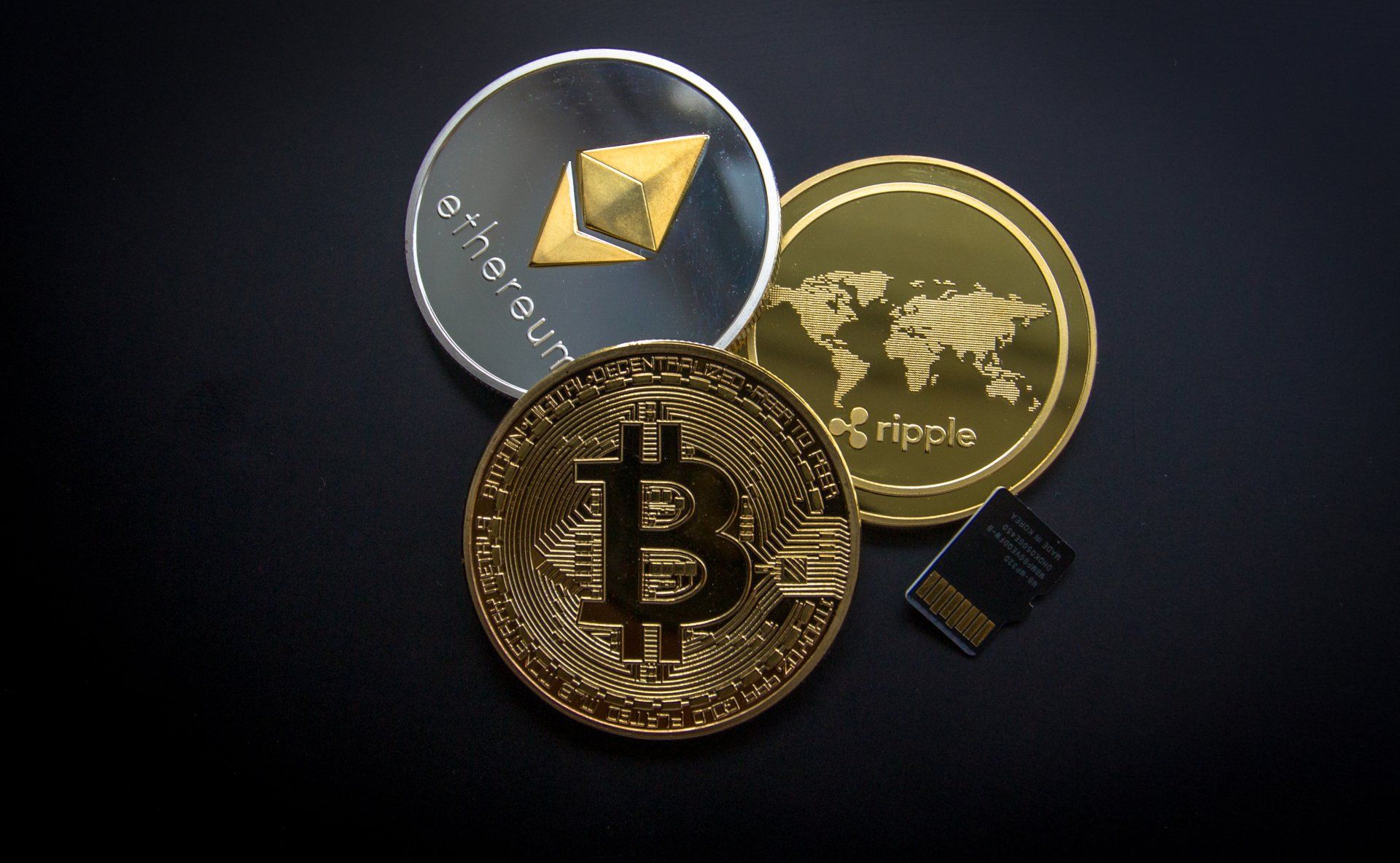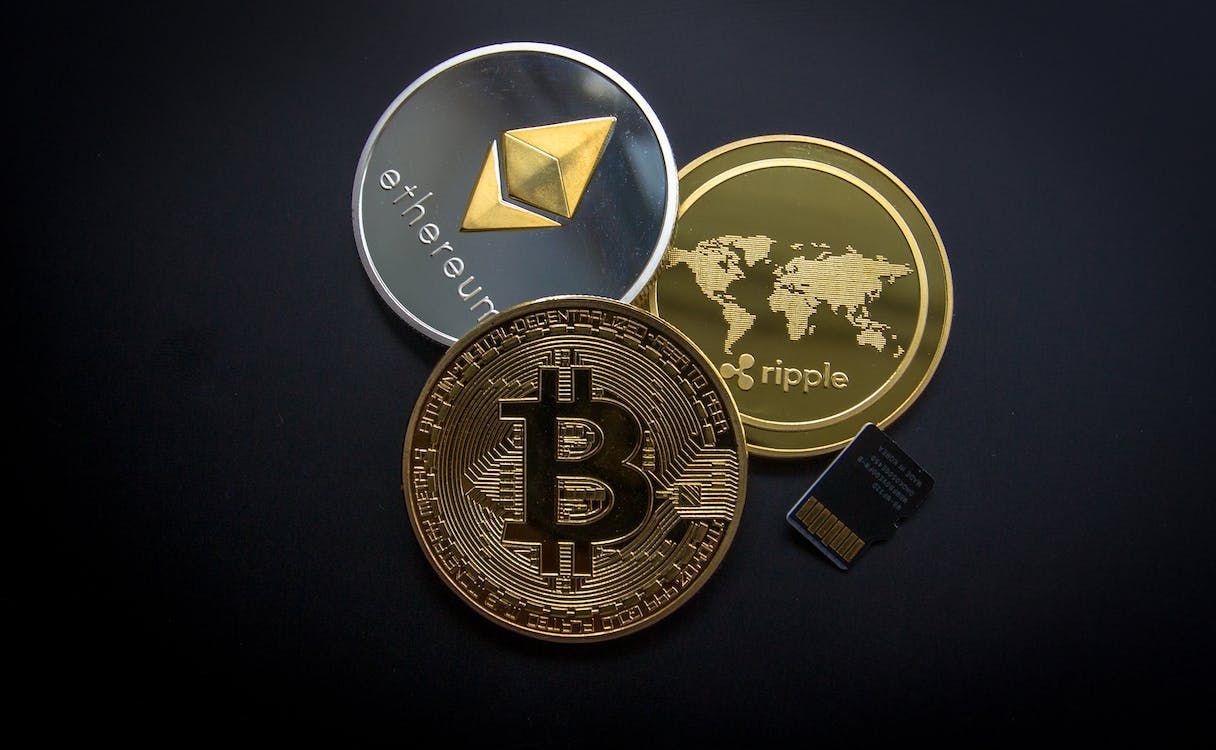NFTs and Cryptocurrency: What You Need to Know About the Latest Crypto Craze
NFTs and Cryptocurrency: What You Need to Know About the Latest Crypto Craze
In recent years, the world of Cryptocurrency↗ has been expanding rapidly, and the latest craze in this industry is NFTs or non-fungible tokens. While Cryptocurrency is still a relatively new concept for many people, the emergence of NFTs has added an extra layer of complexity to the world of digital assets. This article will explore the basics of Cryptocurrency and NFTs, how they work together, the latest NFT trends, and the future of this exciting field.
Understanding Cryptocurrency
Cryptocurrency↗ is a digital currency that uses encryption techniques to regulate the generation of currency units and verify the fund's transfer. Unlike traditional cash, Cryptocurrency operates independently of a central bank and is decentralized. Cryptocurrency uses blockchain technology to record transactions, which makes it secure and transparent.
The most popular Cryptocurrency is Bitcoin, which was created in 2009. Since then, numerous other Cryptocurrencies have been introduced, such as Ethereum, Litecoin, and Ripple. Cryptocurrency is gaining widespread acceptance as a legitimate form of payment and is being used by businesses and individuals worldwide.
A significant advantage of utilizing cryptocurrency is its strong security features. Each transaction is recorded on a blockchain↗, a decentralized ledger that cannot be altered. Every transaction is transparent and can be traced back to its source.
Introduction to NFTs
While Cryptocurrency is primarily used as a digital currency, NFTs are digital assets representing ownership of a unique item or piece of content. NFTs are established via blockchain technology, which ensures a high level of security and transparency. Since each NFT is one-of-a-kind and cannot be duplicated, it becomes an exclusive digital asset that holds significant value.
NFTs can represent digital assets, including art, music, videos, and tweets. Each NFT is stored on a blockchain, which makes it impossible to alter or tamper with the digital asset. The value of an NFT is determined by its rarity and uniqueness, which can be affected by factors such as popularity, scarcity, and historical significance.
How NFTs and Cryptocurrency Work Together
NFTs and Cryptocurrency are complementary technologies that can be used together to create secure and transparent transactions. Cryptocurrency is used to purchase NFTs, and NFTs can be traded for other Cryptocurrencies or sold for fiat currency.
The most common Cryptocurrency used for NFT transactions is Ethereum↗, which has a blockchain that allows for the creation and storage of NFTs. Other Cryptocurrencies, such as Bitcoin and Litecoin, can also be used for NFT transactions, but Ethereum is the most popular due to its flexibility and scalability.
NFTs and Cryptocurrency can create unique, transparent, secure, and exclusive digital assets. The use of blockchain technology ensures that each transaction is recorded and cannot be altered, making it a reliable and safe way to buy and sell digital assets.
The Latest Crypto Craze: NFTs
The emergence of NFTs has created a new craze in the Cryptocurrency world, with millions of dollars spent on unique digital assets. Some popular NFTs include digital art, virtual real estate, and sports memorabilia.
Digital art is one of the most popular NFTs, with artists and collectors embracing the technology to create and sell unique digital pieces. The most expensive NFT sold to date is a digital artwork by Beeple, which sold for $69 million.
The Latest Crypto Craze: NFTs
Examples of popular NFTs
Apart from digital art, NFTs have also been used to create virtual real estate, with some properties selling for millions of dollars. The online gaming industry has also embraced NFTs, with virtual items and characters sold for significant amounts. Sports teams and athletes have also jumped on the NFT bandwagon, with collectible digital cards and other memorabilia being sold to fans.
How NFTs are changing the art world
NFTs have disrupted the art world by allowing artists to monetize their digital creations in a way that was not previously possible. Traditional artwork can be replicated, but NFTs are unique, allowing artists to sell exclusive digital pieces for significant sums. NFTs have also made the art world more accessible by enabling artists to sell their work directly to collectors, bypassing traditional galleries and auction houses.
How NFTs are Disrupting the gaming industry
The gaming industry has quickly embraced NFTs, with virtual items and characters sold for significant amounts of money. NFTs have allowed gamers to own unique and rare virtual items, which can be traded or sold for Cryptocurrency. NFTs have also made in-game economies more transparent and secure, as each transaction is recorded on a blockchain.
The Future of NFTs and Cryptocurrency
Potential applications for NFTs and Cryptocurrency
NFTs and Cryptocurrency have the potential to be used in a wide range of applications, from creating secure and transparent supply chains to enabling peer-to-peer lending. NFTs can also represent ownership of physical assets, such as real estate or vehicles. Cryptocurrency can create decentralized financial systems not controlled by governments or financial institutions.
The Role of NFTs and Cryptocurrency in the Future of Finance
Cryptocurrency and NFTs are already disrupting the traditional finance industry by providing a secure and transparent way to transfer funds and assets. Cryptocurrency can create decentralized finance (DeFi) systems not controlled by banks or other financial institutions. NFTs can represent ownership of assets, such as stocks or commodities, without the need for traditional financial intermediaries.
Potential challenges and drawbacks of NFTs and Cryptocurrency
Despite their potential benefits, NFTs and Cryptocurrency also face challenges and drawbacks. The significant amount of energy used in the process of cryptocurrency mining has prompted concerns about the potential environmental effects. NFTs can also be challenging to value, with the value of an NFT often based on subjective factors such as popularity or historical significance. There are also concerns about the potential for fraud or market manipulation in the NFT market.
Cryptocurrency refers to a type of digital currency that is decentralized and operates without the involvement of a central bank. Cryptocurrency transactions are registered on a blockchain network. NFTs are digital assets representing ownership of a unique item or content created using blockchain technology. NFTs and Cryptocurrency can be used together to create secure and transparent transactions.
The emergence of NFTs has added an exciting new dimension to Cryptocurrency, creating new opportunities for artists, gamers, and collectors. NFTs and Cryptocurrency have the potential to revolutionize finance, creating decentralized systems that are more secure and transparent. However, they also face challenges and drawbacks, and it is essential to approach them cautiously.








